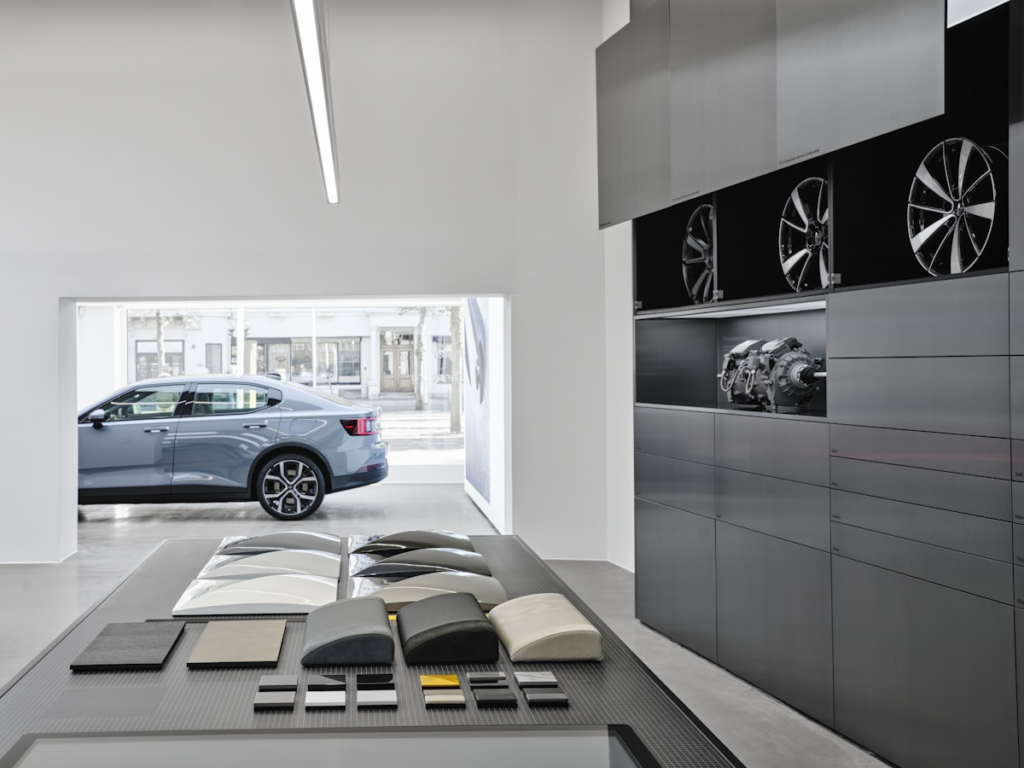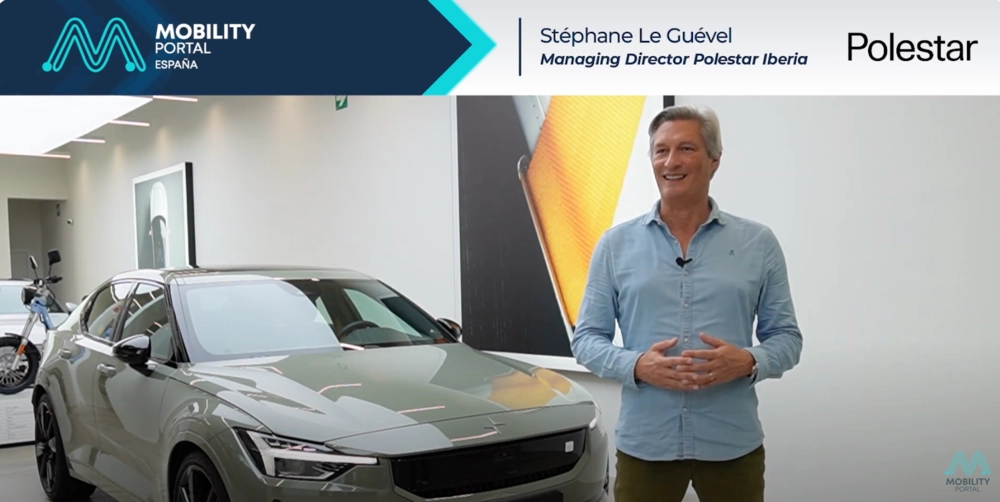In an exclusive series of interviews, Stéphane Le Guével details to Mobility Portal Group Polestar‘s history, which dates back to 1996 when it was a racing company.
In 2015, Volvo acquires the Scandinavian firm with the goal of developing its more sporty side.
However, in 2017, it decides to take a strategic turn and launch the Polestar brand independently, focusing on electric mobility.
“Our challenge is to accelerate the transition to sustainable mobility,” emphasizes CEO of the company.

Thus, in 2020, the firm introduces the Polestar 2 to the market, a car with minimalist design and intuitive technology, offering a range of 655 kilometers.
Highlighting its fast-charging capability, the vehicle can go from ten per cent to 80 per cent in just 28 minutes with a 205 kilowatts DC charge.
How was this transition to electromobility?
“At times, I compare the transition to an electric car to the shift from manual to automatic transmissions,” says Le Guével.
In this sense, he suggests that once the driver adapts to an eVehicle, it becomes difficult to go back to a combustion engine car.
This is mainly due to the pleasant, dynamic, and silent experience, among other benefits, provided by zero-emission and low-emission vehicles.
“This represents, in terms of driving pleasure, a truly incredible experience,” he insists.
Relive the entire interview:
It is worth noting that the CEO has a career of over 30 years in the industry.
He began his career at Stellantis, with an international journey that covered markets in Poland, Russia, China, Belgium, the United Kingdom, and France.
He has been working in Spain for 18 months, where he landed with the project to introduce the Polestar brand in Iberia.
Thus, they opened their first “space” in Barcelona, later expanding to Madrid, and more recently reaching Valencia.
What exactly are Polestar Spaces?
These are showrooms designed as exhibition spaces where customers have the opportunity to explore the latest models of the brand and learn about innovations.
Following the Scandinavian minimalist aesthetic, “our Polestar Spaces resemble more an art gallery than a conventional showroom.”

In addition to these locations, they have an agreement with the Volvo dealership network in Oviedo, Bilbao, Santiago de Compostela, Malaga, and the Islands.
At these delivery and test points, potential customers have the opportunity to test the vehicles.
Not only that, but it also offers Spaniards more than 80 after-sales service points for car maintenance.
“Polestar’s values are design, technology, and sportiness”
In addition to the Polestar 2, their catalog features the model 3, which stands out for its sustainable design and high performance.
With a range of up to 628 kilometers, the car can charge from ten per cent to 80 per cent in 30 minutes.
It also stands out for its regenerative braking system, which converts braking energy into power to extend the vehicle’s range.
Their offer is completed with the Polestar 4, a version that stands out for greater acceleration, lower environmental impact, and a maximum range of 610 kilometers.


However, innovation does not stop here.
The company strives not only to improve the autonomy of its products but also to provide the best possible experience for its customers.
In this regard, Polestar has expanded its offering through strategic agreements with Iberdrola and Ionity.
These allow users to access charging points under special conditions.
With these initiatives, the company aims not only to contribute to reducing the carbon footprint but also to eliminate customers’ fear to electric mobility.
“We must accompany drivers in this change and make them stop buying combustion cars only for the two long trips they make each year,” emphasizes Stéphane Le Guével.








